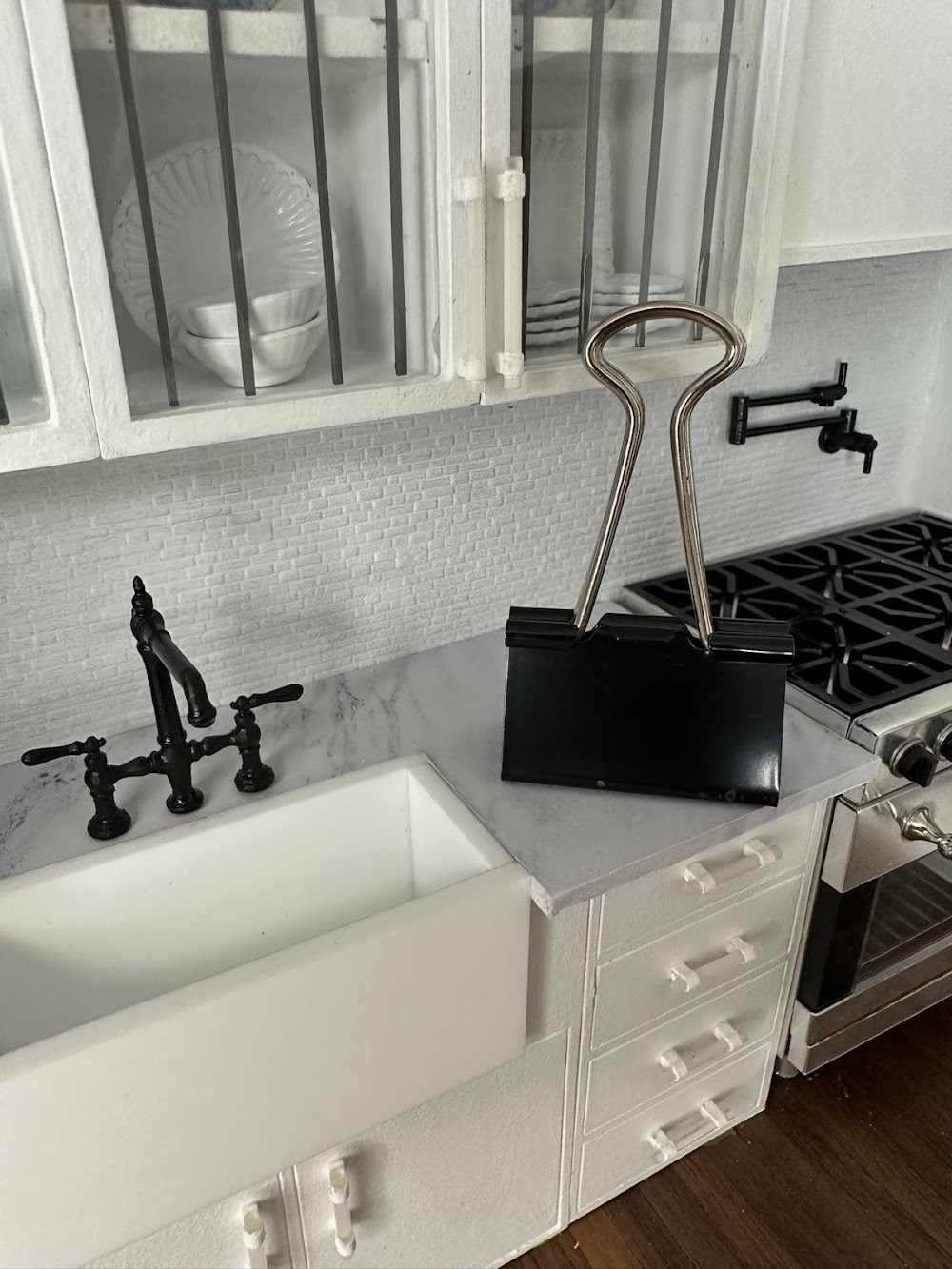My urban patio scene is large. And given that I'm still chugging away at my mid-century build and some other ideas in the pipeline, space will get short. I decided that I wasn't going to make the patio a traditional room box, but rather an un-boxed room box. I'm at a loss for clever words/phrases to…
Showing posts from June, 2019

Welcome to summer! Working with Hobby Builders Supply (HBS) and miniatures.com , I was asked to put together a summer scene using an assortment of products from miniatures.com . Given the lack of sunshine in my area at present, how could I say no to the prospect of making some mini summer sunshine?! I di…

Image from miniatures.com My mini scene in collaboration with Hobby Builders Supply and miniatures.com is still in the works. I think I'm closer to completion on my scene then mother nature is to giving me a warm day (at least here in Ontario!). One item I purchased from miniatures.com was their Outd…













